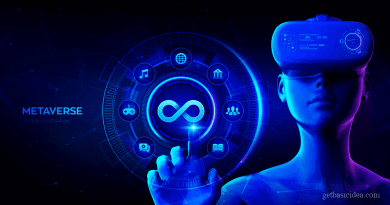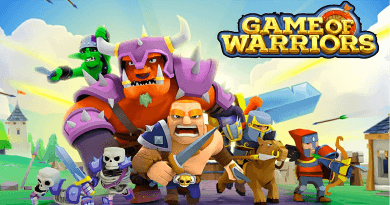The Future Through Artificial Intelligence
The powers of the human mind can be modeled and even improved by machines thanks to Artificial Intelligence or AI. Digital computers are now able to perform tasks that are intelligent based for the sake of Artificial Intelligence. On the other hand, AI is everywhere even humans cannot lay hands.
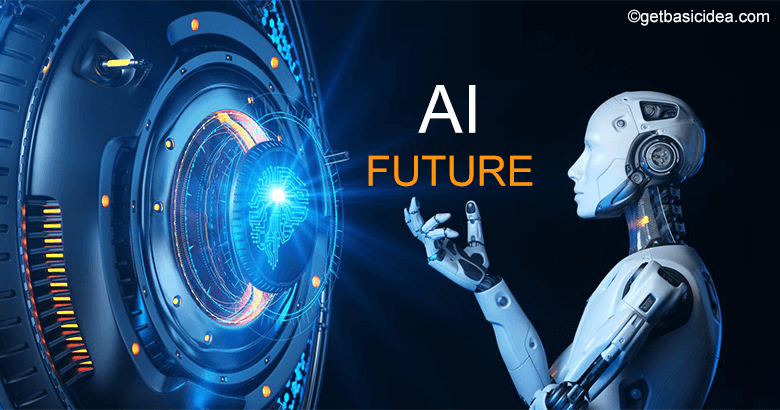
If you want to look at the future of the world, first you shall look through Artificial Intelligence.
What is Artificial Intelligence?
According to my opinion, the idea of AI first occurred due to the investigation of the human mind. If it should be more specific, let's say, human has such characteristics as, the ability to reason, learn from experience, think critically, problem-solving, perception, language, and many more.

One of the first cases that used AI or in other words, using a machine to think like a human was Alan Turing helped to win World War II by creating a machine a machine which help to break the Nazi code, Enigma.
This case might be familiar to most movie lovers. The movie The Imitation Game is based on this scenario. Alan Turing, on the other hand, was an English Mathematician, computer scientist, logician, philosopher, and cryptanalyst who took his education at Princeton University.

Although there are many different approaches to the interdisciplinary science of AI, including advances in Machine Learning and Deep Learning are causing a paradigm change in almost every area of the technology sector. Now, what are Machine Learning and Deep Learning? Keep reading.
Expert systems
An expert system is a computer-based system that uses AI to replicate the decision-making and actions of a person in a certain sector. A smart expert system can sometimes beat any human expert because it makes every effort to include all the knowledge that an expert system would have on a particular specific field. The feedback system of an expert system often corrects and helps in decision-making more accurately.
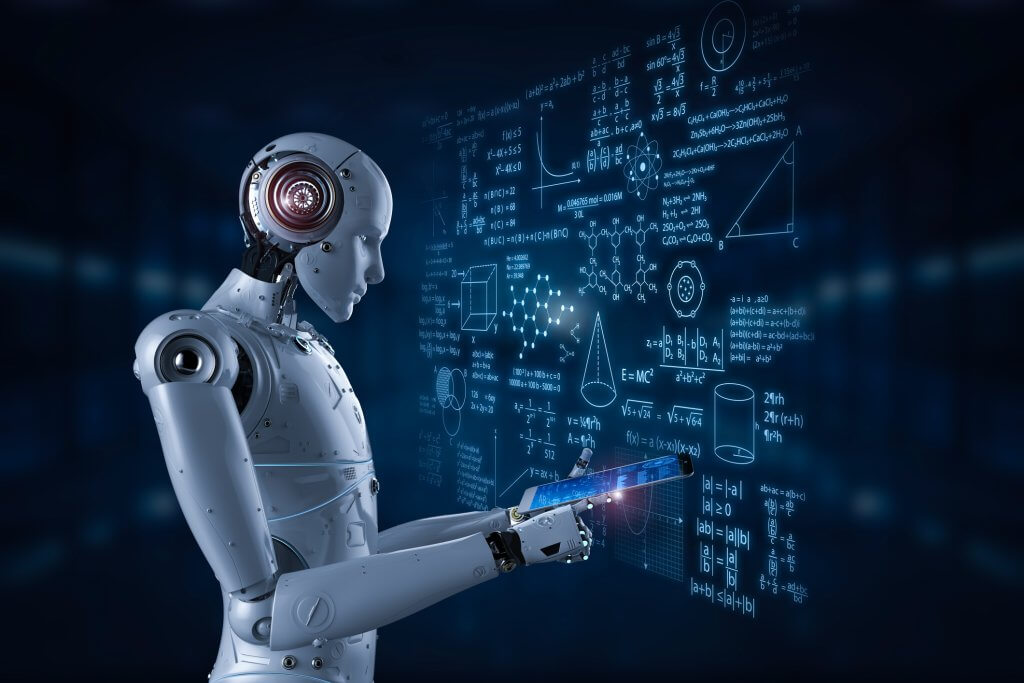
Below is a brief list of commercial systems that are already using expert systems in their sector.
- Chemical analysis
- Medical diagnosis
- Credit Authorization
- Financial management
- corporate planning
- Oil and mineral industry
- Genetic engineering
- Automobile industry
- Camera lens design
- Airline scheduling
- Automatic help services
Types of Artificial Intelligence
There are many categories of AI according to the parameters that are used for categorization. One of the basic classifications classifies AI into, Weak Artificial Intelligence and Strong Artificial Intelligence.
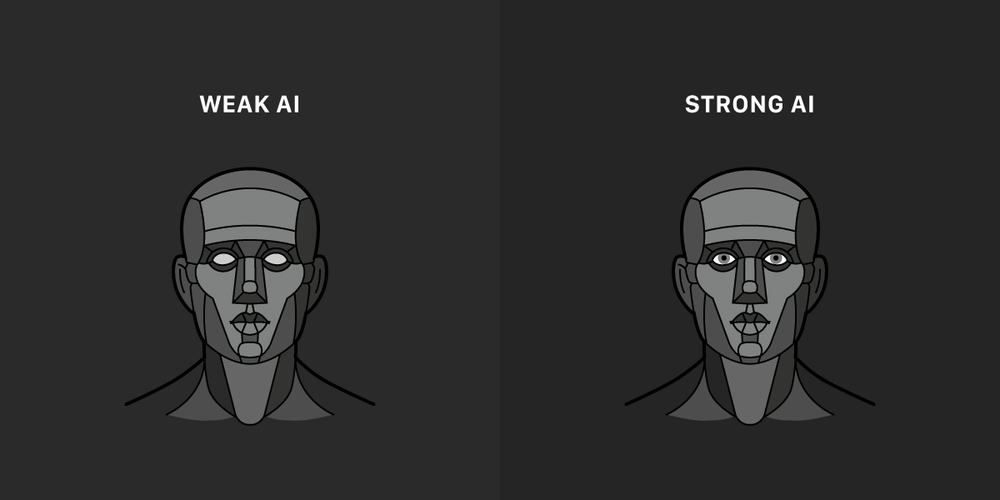
Weak artificial intelligence or Narrow AI is represented by a system that is built to do a single task. Video games like chess and personal assistants like Apple's Siri and Amazon's Alexa are examples of weak AI systems. Systems with strong artificial intelligence can do human-like tasks. They deal with circumstances when problem-solving may be necessary without human intervention. These kinds of technology are used in self-driving automobiles and operating rooms in medical facilities.
Below is another set of categorizations of AI.
Reactive machines
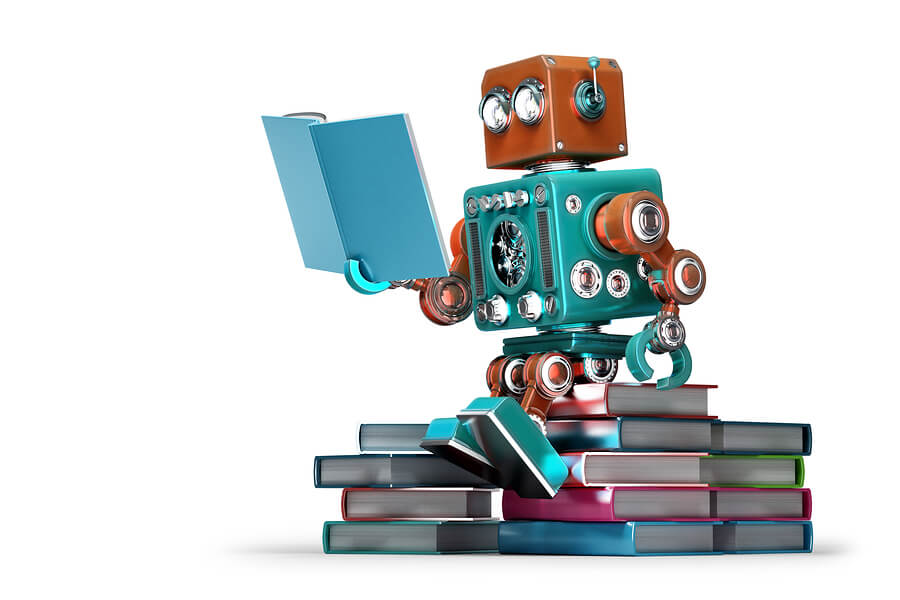
This AI employs algorithms to generate the best possible results from a set of inputs and it uses the most basic AI principles to do this. AI systems that play chess, for instance, are reactive systems that maximize the winning strategy. Reactive AI is unable to grow or adjust to new circumstances. As a result, when the same input is given, it will create the same output.
Limited Memory
Limited memory AI is more complicated than reactive machines and has more possibilities. AI with limited memory can update itself depending on current observations or data or adapt to past experiences. The memory length is typically not very long, and the quantity of updating is limited. These can be seen in Autonomous vehicles.
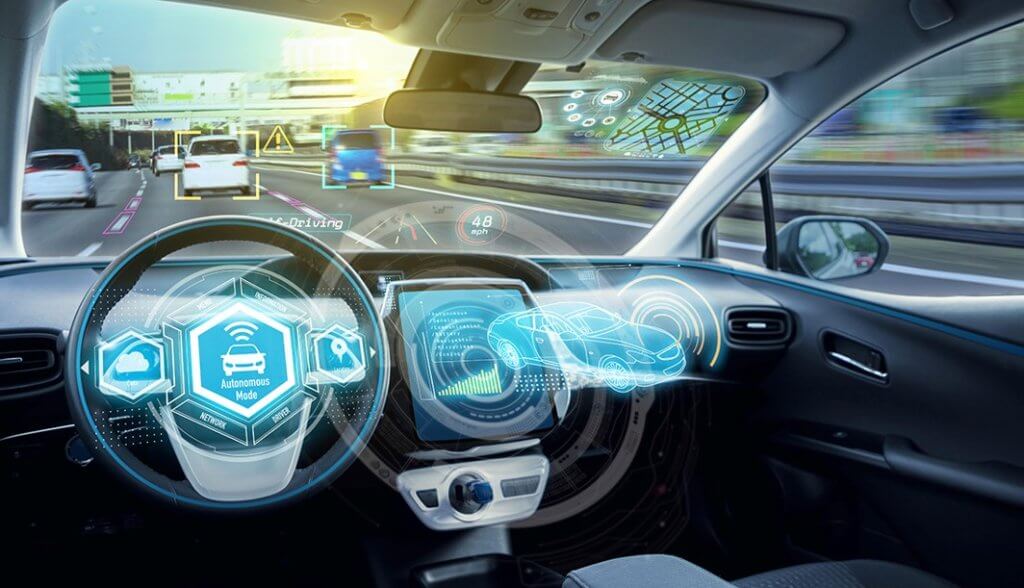
Theory of Mind AI
The technology advancements required to reach this advanced level of AI have not yet been attained. Theory-of-mind AI is adaptable and has a significant capacity for learning from and remembering the past. These AI kinds include sophisticated chatbots that can deceive a person into thinking it was a real person.
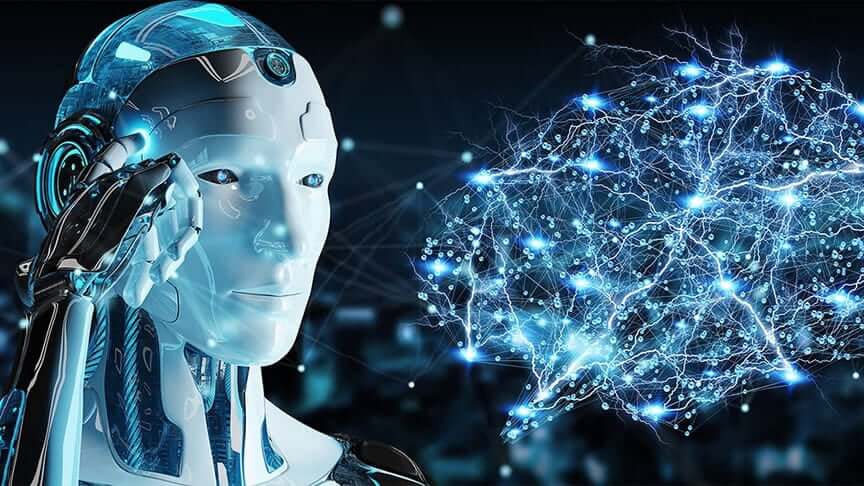
Self Awareness AI
This sort of AI is conscious on a scale with humans and is aware of both its presence and the presence and emotional states of others. But these types of AI can only be seen in Science Fiction for now.
Applications of Artificial Intelligence
The application of AI can be seen in almost every sector of industry. As every industry is heading towards automated and expert systems, AI is taking place in every nook and corner of the industrial world.
Especially in the Medical Industry, AI plays a major and important role. AI provides medication dosages, disperse various treatments suited to individual patients, and supports surgical procedures in the operating room. There are Nano Robots that can pass through places where humans cannot involve, such as capillary veins.
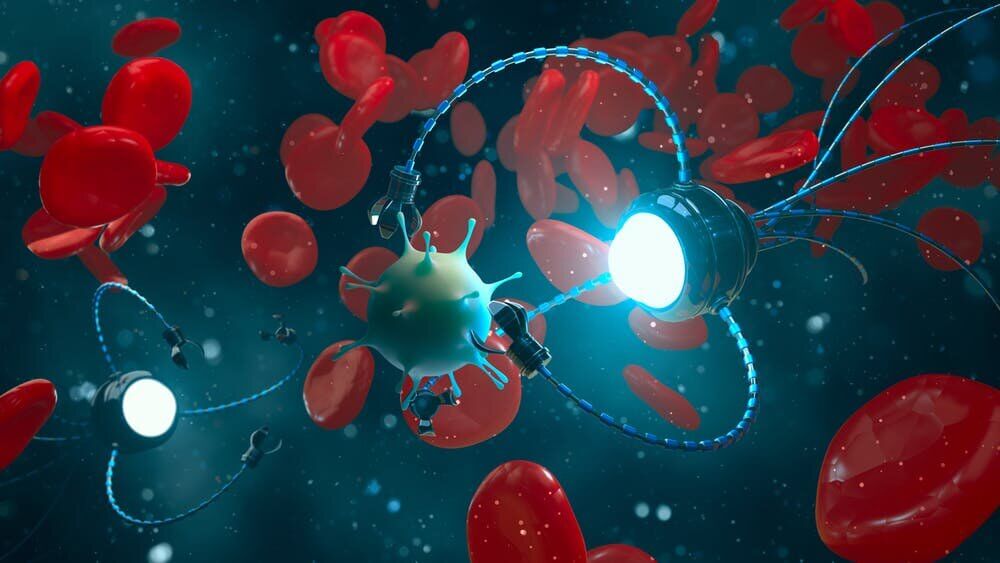
The above image shows the world's first living robot made using the interdisciplinary of AI and Medical Science. These are Xenobots and these programmable bio-machines have the potential to significantly enhance environmental, animal, and human health.
Other examples of AI in the medical industry are the microchips on the human brain to function as robot arms, artificial hearts, artificial eyes, ventilation machines, and so many others.
At the beginning of the year 2020, scientists developed a technology to translate human thoughts into text using Artificial Intelligence. This was a big step toward the Artificial Brain concept. But it is also a very small step. Keep reading to know why.
Apart from those, chess-playing computers and self-driving automobiles are also examples of Artificial Intelligence. Each of these cases considers the effects of every decision they make because every action affects the outcome.
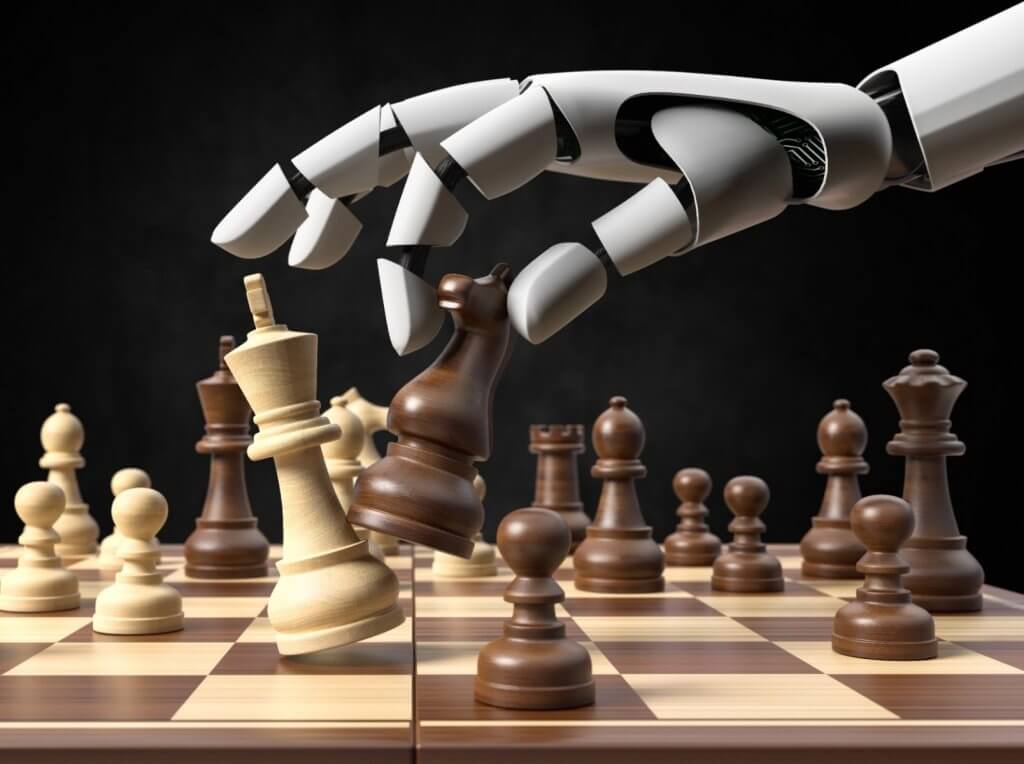
Artificial intelligence is in the financial sector to identify unusual debit card activity and substantial account deposits. AI applications are also being utilized to facilitate and ease trade. To do this task AI simplifies the estimation of supply, demand, and pricing.
Future of Artificial Intelligence
Artificial Intelligence has already conquered the world up to some extent.
As discussed in the previous section, AI is taking a major place in Medical Industry and so many sophisticated discoveries have already done to solve most health-related issues. The implantation of a robot or technological equipment to replace organs of the body is one example of this. The scientist's next step is to work on an artificial brain or Artificial Neural Network. Well, guess what? The research has already begun a long time ago.
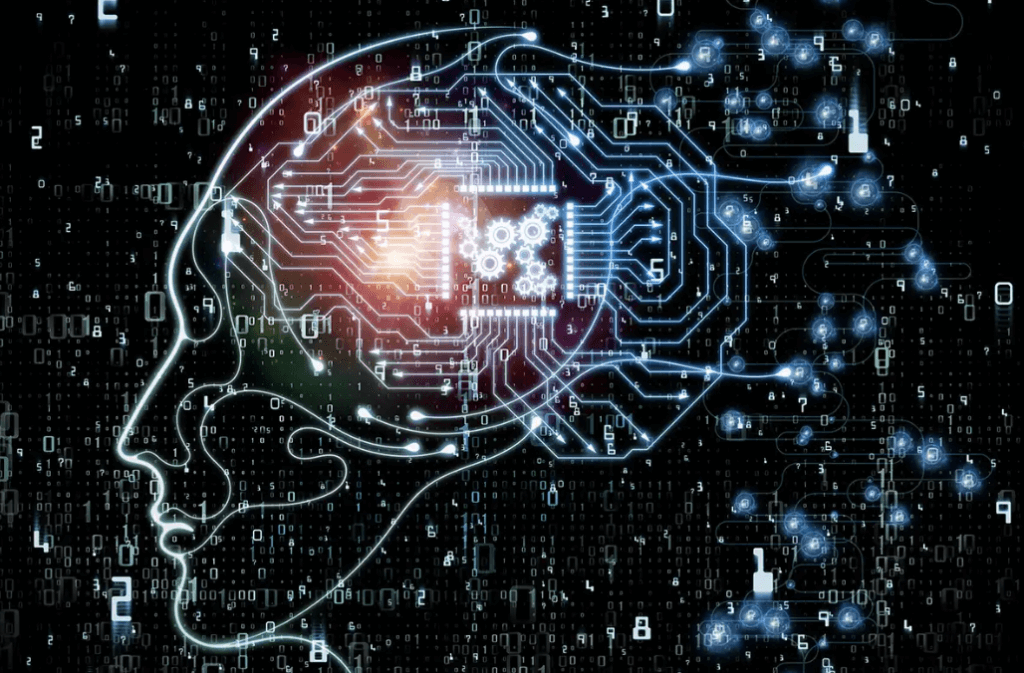
But there are approximately 86 billion neurons present in the human brain. All these neurons make a network to make a neural network that helps in our brain functions. This is a very complex task. But that is how we have gained this intelligence by nature. Predicting this neural network by technology is not going to be easy. That is why the previously mentioned mind-reading technology is a small step.
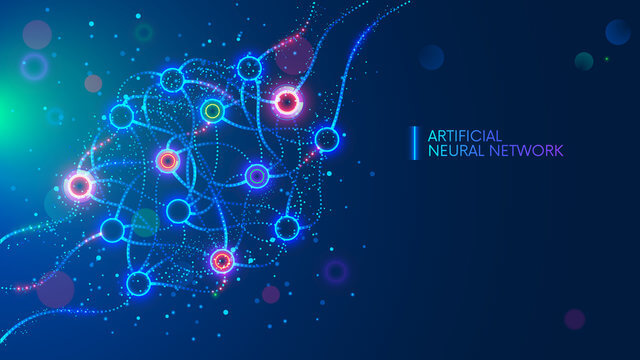
There are so many benefits that we can achieve by making an artificial brain.
According to Moore's Law, the price of computers is cut in half while the number of transistors on a microchip doubles nearly every two years. According to a recent study, Moore's Law has been beaten by AI innovation, which doubles roughly every six months as opposed to every two years.
Machine Learning & Deep Learning
Machine Learning (ML) algorithms forecast new output values using historical data as input. Thus, supervised learning and unsupervised learning are both components of ML. Supervised learning means the machine is learning from a given set of data. Unsupervised learning on the other hand is when the machine is learning from a data set that is not provided. It is more like self-learning. Apart from these two methods of learning, ML also uses Reinforcement learning. Reinforcement learning is the learning method of observing and understanding surroundings and learning from mistakes.
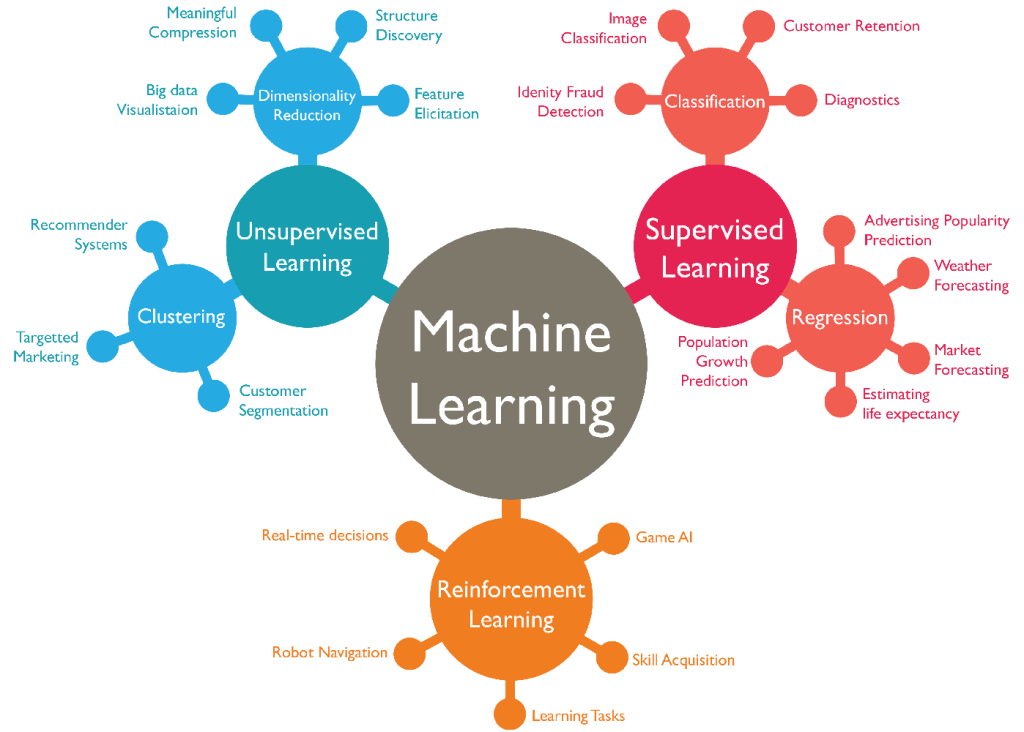
The followings are some of the machine learning techniques used in everyday life devices.
- Google Maps uses location data, traffic data, and other data
- Personal assistants applications setting reminders
- Snapchat filters
Deep learning, is also a type of Machine learning that focused on neural networks. As the name suggests, this Artificial Intelligence sector learns deep through the data processed through layers of neural networks. The followings are some examples of deep learning that are used for now. But deep learning can perform much more than that. Let's wait and what deep learning would do in the future.
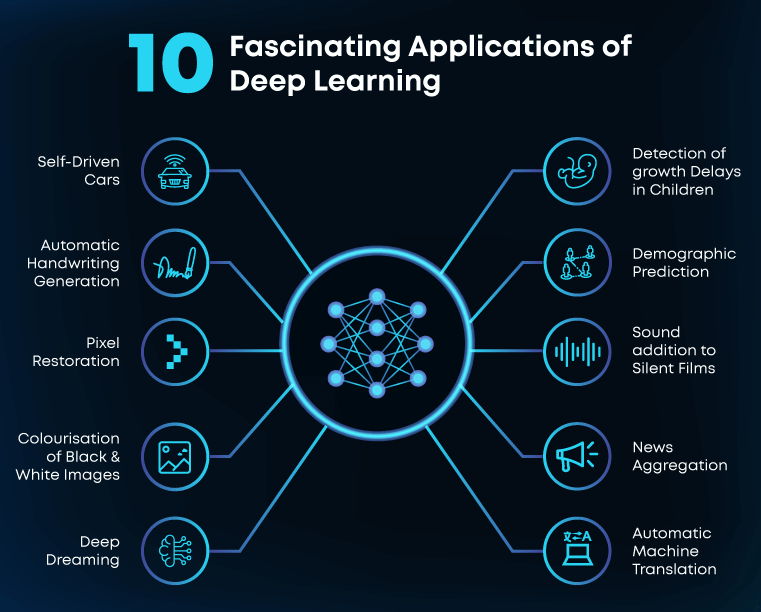
Super Intelligence
This is completely hypothetical for now. Scientists are trying to develop machines that go beyond human intelligence and also these are self-aware in almost all fields. The Future of Humanity Institute's founder and director, Nick Bostrom, claims that the likelihood of this will rely on how quickly neuroscience understands and simulate the human brain.
Author of Get Basic Idea – The Knowledge Base / Bachelor of Technology – BTech, Mechatronics, Robotics, and Automation Engineering.

